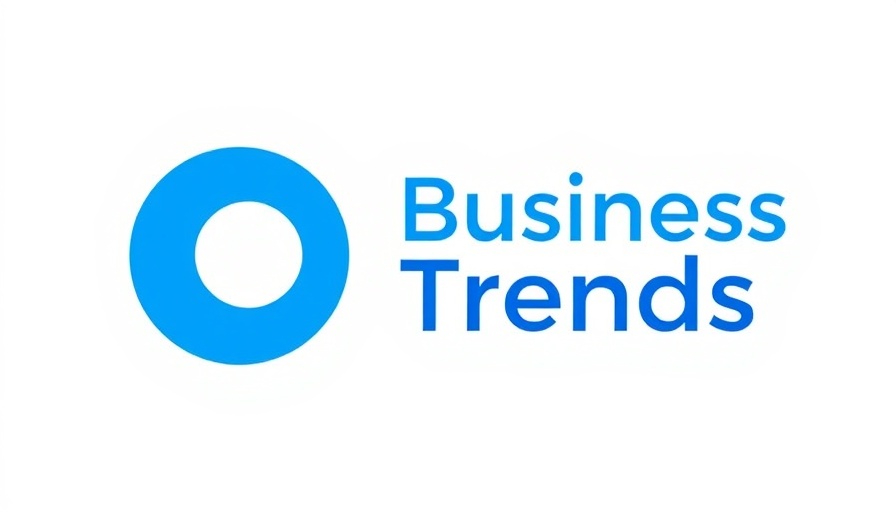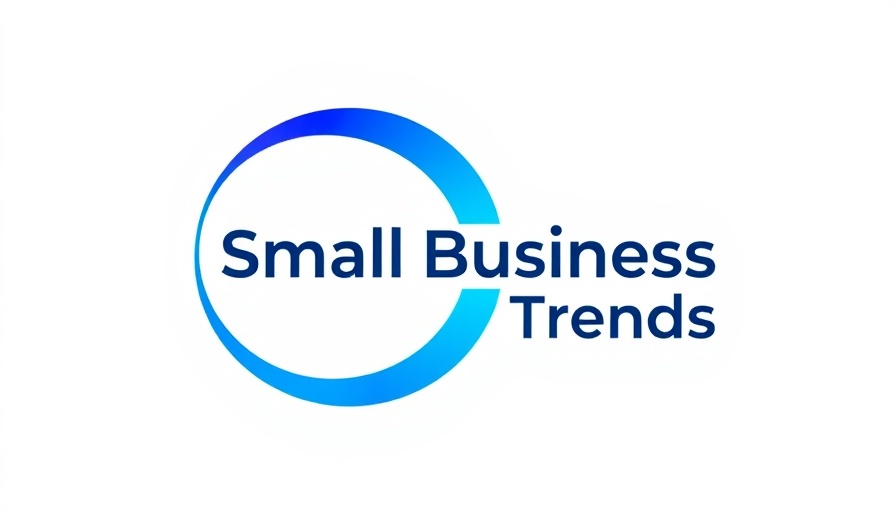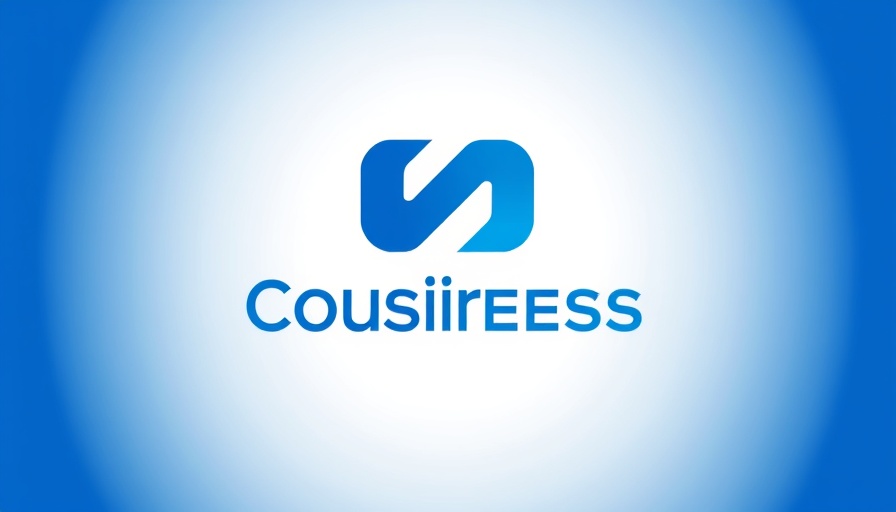
Understanding the Legal Challenges for Startups
For startups, the road from an innovative idea to a functional product is often labyrinthine, filled with unique legal challenges requiring diligent navigation. As young entrepreneurs embark on product development, understanding these hurdles can be the key to their success.
Intellectual Property: The Cornerstone of Innovation
One of the foremost challenges startup founders encounter is protecting their intellectual property (IP). As evidenced in discussions among Young Entrepreneur Council members, issues like patent infringement looms large. Startups must conduct thorough patent searches to avoid unknowingly violating existing patents, a mishap that could lead to costly legal battles and stifle innovation.
The Importance of Data Privacy and Compliance
Furthermore, startups today grapple with stringent data privacy regulations like GDPR and CCPA. As Chris Klosowski, a member from Easy Digital Downloads, highlights, ensuring user data is handled responsibly can be both crucial and complex. Proactively implementing security measures and gaining user consent is not just good practice; it’s a legal necessity. Startups should establish clear protocols around data use and maintain transparency with their users.
Safety and Regulatory Challenges in Product Development
In addition to IP and data concerns, safety regulations cannot be overlooked. Stephanie Wells of Formidable Forms points out that even with meticulous production processes, the potential for product defects that could lead to health risks is a persistent threat. Startups must institute rigorous quality control measures to shield themselves from liabilities associated with faulty products, including the possibility of recalls.
Collaborative Contracts and Employee Laws
Finally, as the workforce expands, startups must navigate various employment laws, which include compliance with hiring practices and workplace safety. Fostering clear communication of roles and responsibilities, as advised by Blair Williams from MemberPress, is essential to avoid legal complications later on. Furthermore, startups should engage legal professionals to draft and review contracts with investors and suppliers, ensuring that every agreement aligns with their interests.
In conclusion, while the landscape for startups brims with potential, the associated legal challenges are substantial. By anticipating and addressing issues related to intellectual property, data privacy, safety regulations, and compliance with employment laws, startups can lay a solid foundation for both innovation and long-term viability.



Write A Comment